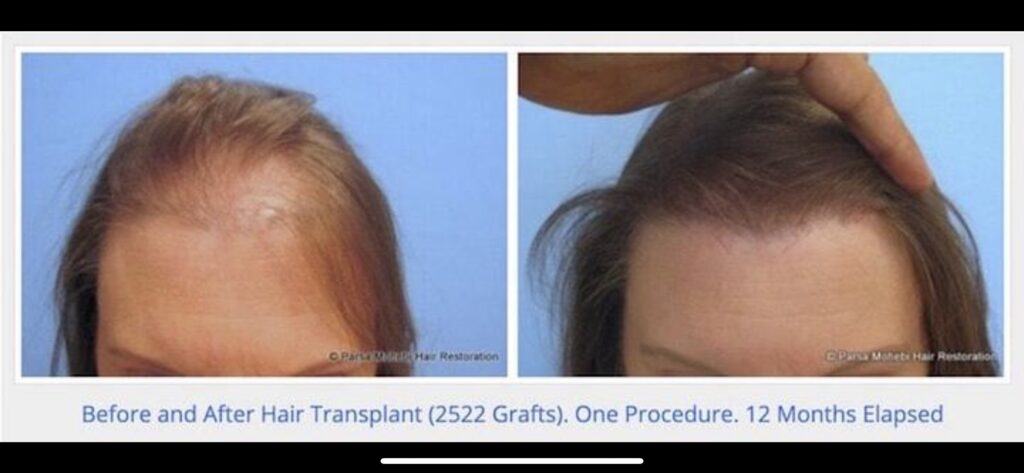Hair loss is always scary for a reason. Getting used to the sight of your flawless hair, and having developed huge pride and satisfaction at styling it the right way, hair thinning can be devastating. After all, is there a worse activity than that which takes a heavy toll on your self-esteem? Unfortunately, hair loss and hair thinning are more pronounced in women. As you age, tying up your hair in your favorite ponytail may no longer be possible, all because of hair loss. Luckily, there’s a solution and yes, you guessed it right, it is hair transplant and restoration services. Because information about hair transplants for women out there is skewed, we have compiled a factual guide to this topic. So, let’s get started, then.
How Is Hair Loss Different in Women?
Hereditary loss in men leading to pattern hair loss presents differently from hair loss in women in the following ways:
- Clinically, hair loss in men is easy to spot, as it presents in distinct ways causing baldness and a receding hairline that is easy to notice. A specialist can therefore easily identify the causes and possible solutions. In women, however, hair loss is diffuse and may not cause receding hairlines.
- Diffuse hair loss is the most common type in women and causes thinning and hair loss evenly in all parts of the head, hence finding an appropriate donor site for hair transplant may be challenging.
When Is Hair Transplant the Solution?
Given all the dynamics involved in women’s hair loss in contrast to men, it is all the more imperative to seek professional advice before settling on a specific procedure. Here are some instances where hair transplants often gives the best results:
- Pattern baldness- When the hair loss and thinning occurs on the crown without loss in other areas or reduced thinning, a hair transplant usually produces the best results. These are also the best candidates for hair transplant as the less affected areas like the back of the head readily act as donor sites for the hair restoration service.
- Hair loss from plastic surgery- After procedures that leave undesired incision scars such as facelifts and brow lifts, hair transplants can conceal the scars.
- Mechanical or tractional alopecia- This refers to a gradual loss of the hairline at the front, sides, and temples due to sustained pull on the hairline from tight hairstyles.
- Hair loss from trauma- Hair loss from accidents such as burns and other accidents that may affect hair growth.
- Transgender transitioning to female- Hair transplant can be done to create a feminine hairline and complete the feminine look.
- Lowering hairline- For women who have a naturally high hairline, hair transplant procedures can be used to lower the hairline.
Conclusion
The misconception held that hair transplant is only for men is false. The procedures work just perfectly for women. Of course, you will need the best specialists and hair surgeons to get the best results. And that might just be the first step towards getting a rejuvenated look.

